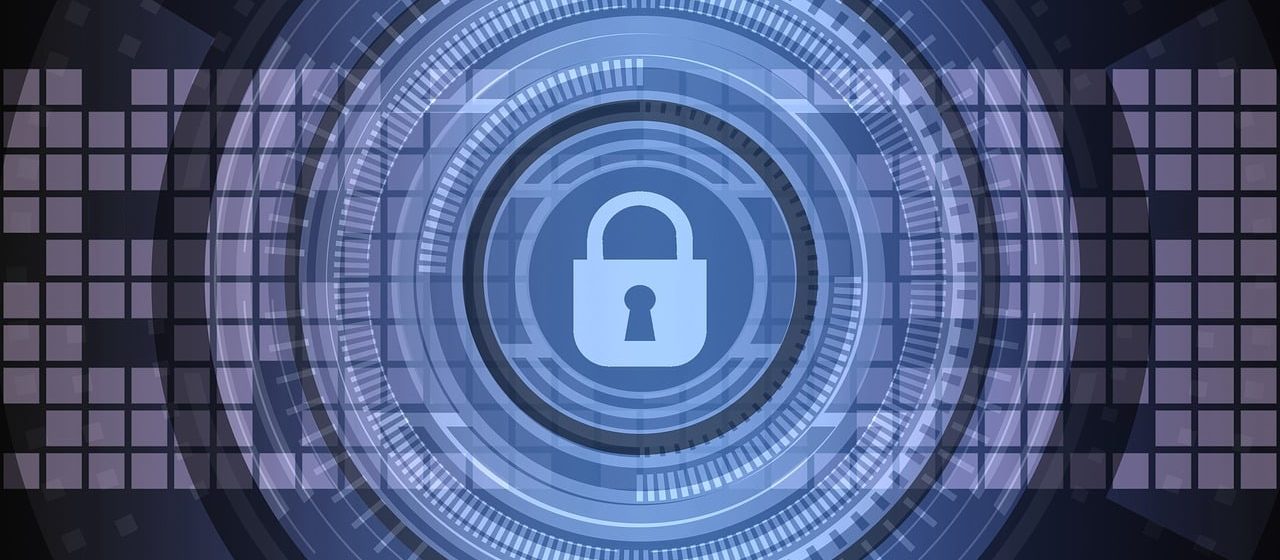BLOG
5 cyber security frameworks and standards you need to know

Critical infrastructure organisations are facing cyber threats more than ever in this ever-evolving landscape. Protecting assets and ensuring our communities are safe from these cyber threats starts with understanding and adopting established cyber security frameworks that provide structured guidelines and best practices. These frameworks serve as valuable blueprints, helping organisations build resilient defences. But with so many options out there, how do you know where to start?
In this article, we will explore five crucial cyber security frameworks that every organisation should be aware of. By understanding these frameworks, you can make informed decisions on selecting the most suitable approach for your organisation’s unique security needs. We will delve into the AESCSF, ISO 27001, Essential 8, ISA/IEC 62443, and NIST-CSF frameworks, looking at their key features, benefits, and the reasons an organisation might choose one over another. Let’s dive in!

AESCSF
What is it?
The Australian Energy Sector Cyber Security Framework (AESCSF) is a framework collaboratively developed by the Australian Energy Market Operator (AMEO), the Australian Cyber Security Centre (ACSC), and energy sector industry stakeholders. It is tailored to the Australian energy sector to assess, evaluate, prioritise, and improve cyber security capability and maturity. This framework addresses increasing unique challenges and can enhance the resilience of critical energy infrastructure by providing guidance and best practices that are separated into specific domains, maturity levels, and security profiles.
Why would your organisation choose this cyber security framework?
It’s scalable and adaptable.
This framework’s approach can support organisations of any size within the energy sector including electricity generation, transmission distribution, and gas infrastructure inclusion of liquid fuels. It aims to foster a collaborative approach among the sectors participants, regulators, and government agencies to collectively address cyber security challenges and protect energy infrastructure.
ISO 27001
What is it?
ISO/IEC 27001 is an international standard that sets the criteria for establishing, implementing, maintaining, and continually improving information security management systems (ISMS) within an organisation regardless of size. This standard provides a systematic and comprehensive approach to managing sensitive information to ensure its confidentiality, integrity, and availability.
Why would your organisation choose this cyber security standard?
It’s robust and covers a wide range of aspects.
This framework can be implemented to provide structure for a wide range of aspects that include:
- Improvement to risk management to reduce vulnerability against growing cyber threats
- Preparing people, processes, and technology throughout an organisation to face technology-based threats and risks, and
- Secure information in all forms that are digital and non-digital.
With all these improvements it can increase efficiency and reduce expenses for ineffective defence technology.
Essential 8
What is it?
Essential Eight is a set of baseline security controls developed to by the Australian Signals Directorate (ASD). It focuses on eight key mitigation strategies that are considered essential for a strong cyber security posture by providing practical and effective guidance to improve on cyber security defences. This framework serves as a foundation for organisations to build upon and customise based off specific risk profiles and requirements.
Why would your organisation choose this cyber security framework?
It’s simple, practical, and cost-effective.
A small or non-complex organisation would choose to implement this framework as it provides a straightforward set of controls that give non-technical guidance for an easy audit process. By implementing these baseline controls, they reduce their risk to exposure and therefore, offer better protection against their systems and data. It is also a cost-effective approach as it prioritises key controls and risk areas thereby organisations can allocate resources more efficiently and effectively, maximising the impact of investments.
ISA/IEC 62443
What is it?
ISA/IEC 62443 is a series of international standards developed by the International Electrotechnical Commission (IEC) that focuses on the cyber security of industrial automation and control systems (IACS). It is a comprehensive standard to establish and maintain cyber security measures for critical industrial systems to address unique challenges faced by industrial environments, such as manufacturing plants, power generation facilities, and transport systems.
Why would your organisation choose this cyber security standard?
It provides a strong industrial control system focus.
An organisation would choose to implement this standard to focus on industrial control systems. This framework allows tailoring of cyber security measures to specific requirements and vulnerabilities of their industrial systems. It allows organisations to enhance cyber resilience by being able to identify and address specific risks, reduce risks by mitigating and lessening the likelihood of security incidents, and comply with regulatory requirements.
NIST-CSF
What is it?
The NIST Cyber Security Framework (NIST-CSF) is a recognised set of guidelines, best practices, and standards that allows organisations to better and manage cyber security risks developed by the National Institute of Standards and Technology (NIST). The framework works with a flexible and customised approach that is used to complement an organisations existing cyber security practices and procedures, by separating the framework into the core, tiers, and profiles. It is also designed to foster risk and cyber security management communications amongst internal and external organisational stakeholders.
Why would your organisation choose this cyber security framework?
It’s adaptable, flexible, and industry agnostic.
An organisation would choose this framework for the adaptability and flexible approach to cyber security that can be applied to an organisation of any size, and it encourages them to assess their cyber risks, implement appropriate safeguards, continuously monitor, and detect threats, respond effectively to incidents, and recover efficiently from cybersecurity events. This framework is mostly adopted due to its alignments to other standards and regulations, its industry-agonistic nature, and recognition by government agencies, industry buddies, and cyber security professionals.
So, which of these cyber security frameworks should you choose?

As organisations navigate the complex landscape of cyber threats, the importance of selecting the right cyber security framework cannot be overstated. The AESCSF, ISO 27001, Essential 8, ISA/IEC 62443, and NIST-CSF frameworks offer valuable guidance and best practices to fortify your organisation’s defences against evolving cyber risks. However, the task of selecting and implementing the most suitable framework can be daunting.
As a trusted provider of comprehensive solutions, Secolve provides the expertise and guidance necessary to navigate the intricacies of these cyber security frameworks. We understand the unique challenges faced by organisations across various critical infrastructure sectors and can assist you in selecting, implementing, and optimising the right framework for your specific needs.
Whether it’s conducting risk assessments, developing security policies, or ensuring compliance with industry standards, Secolve’s experts are here to support you. Securing your organisation’s digital assets is not a one-time task – it requires continuous effort and expertise. Let Secolve be your trusted partner on the journey to a safer and more secure future.
Contact us today to learn more about how we can empower your organisation to navigate the ever-evolving cyber landscape and stay one step ahead of potential threats!